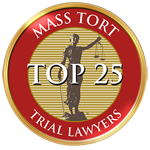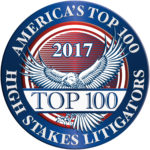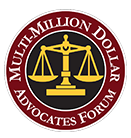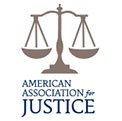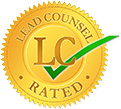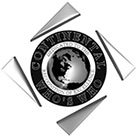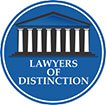Head-On Collision Car Accidents
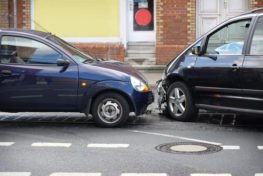
An Introduction to Head-Collision Claims, Lawyers and Lawsuits
Perhaps few types of car collisions are so terrifying as head-on collisions. Impacts from the side and from the rear may catch a driver off-guard, but it is unusual for both drivers involved in a head-on collision to not have seen the other car prior to the collision. Because of this, drivers and passengers involved in a head-on car accident may instinctively tense up, as if “bracing for impact.” This may actually increase the likelihood that drivers and/or passengers will experience more severe injuries than if they had not tensed their muscles. This can mean that parties injured in a head-on collision may need the services of an experienced car accident lawyer to assist them in obtaining compensation for their injuries.
The Good News About Head-On Collisions
If there is any “good news” to be reported regarding car crashes, it is that car manufacturers often place a considerable amount of safety features at the front of the car to minimize injuries to car occupants in the event of a front-end collision. (Think of the number of car commercials where the car – equipped with crash test dummies – is thrown head-on against a wall or another vehicle as a way of demonstrating the car’s safety features). Modern cars that are equipped with appropriate seatbelts, functioning air bags, and other safety features can keep a driver or passenger from being killed in the event of a head-on collision.
Even these advanced safety features may not be enough to protect a driver or passenger involved in a head-on collision, however. If a driver or passenger is not wearing his or her seatbelt, for instance, that person will almost certainly suffer more severe injuries than if he or she had worn his or her seatbelt. Recent news stories have highlighted certain vehicles whose air bags may not deploy in the event of a crash – or that may deploy with such force as to cause additional injury to the driver or passenger. Finally, a head-on collision involving sufficient force can overcome the protective effect of safety devices.
Injuries from Head-On Collisions
As with any car crash – and perhaps even more so with head-on collisions – one of the chief injuries with which one must be concerned is the potential for brain, neck, and spine injuries. In a head-on collision, a person’s head can swing violently forward and backwards, placing tremendous strain on the neck and spine and creating a “whiplash” sensation within the skull.
For this reason, traumatic brain injuries are not uncommon in head-on collisions. Other injuries that can result from head-on collisions include:
- Bruising and cuts from one’s head slamming against an airbag, steering wheel, or other hard object or from the forceful restrain of a seatbelt system;
- Cuts from flying debris like broken glass or objects inside one car or the other that are not restrained;
- Crushing injuries to a person’s legs if the car “crumples” from the force of the impact;
- Burns, if a fuel spill or other flammable material ignites as the result of the collision.
Any one of these injuries can require significant medical treatment in order to repair any harm inflicted. The victim may experience pain and anguish from his or her injuries or may not be able to return to those activities that he or she once enjoyed. He or she may miss time from work and may not be able to return to his or her previous employment (depending, of course, on the severity of his or her injuries). Depending on state laws and who is determined to be predominately at fault in causing the collision, injured drivers and occupants may be able to obtain compensation for his or her losses from the at-fault party.
Determining Fault in a Head-On Collision
One might conclude that determining fault in a head-on collision is easy – simply look for the driver who crossed the median or centerline. While this certainly does provide evidence of fault, such evidence may not tell the true story. For example, a driver may have swerved into the opposing lane of travel in order to avoid striking a pedestrian or bicyclist. Or the centerline may not be easily visible (or visible at all) due to poor maintenance. For this reason, many injured motorists and passengers turn to legal counsel for assistance.
Stern Law, PLLC understands the anxiety and confusion a head-on car collision can create. That is why our firm is dedicated to coming alongside injury victims and guiding them through the legal process. Our car accident law firm takes the time to understand your needs and questions and ensures you are kept informed about the status of your case. If you or a loved one were injured in a head-on car crash, do not wait: Contact Stern Law, PLLC today by calling (844) 808-7529.

